Thinking about donning a mask and snorkeling but not sure where to start? Do you want to sneak a peek into the underwater world not sure if scuba diving will be your thing?
Snorkeling is one of the most loved watersports around the world. It’s an amazing experience and a must-do activity for people to try at least once in their lives. For many non-diving travelers who are visiting tropical destinations like Mexico or Hawaii, snorkeling is the next best thing as it requires little equipment, a few instructions and as long as you can swim, is simple to do.

Armed with a mask, snorkel and sometimes fins, snorkeling is a water activity that involves swimming along the surface of the water with your face submerged underwater enjoying the world below. It is fun, does not require any special training and pending the location and conditions almost anyone can do it.
People often confuse snorkeling with scuba diving, and while modern scuba grew from snorkeling and skin diving, the two have some sizable differences. In snorkeling, you remain at the water’s surface with limited equipment breathing air from a snorkel tube. Scuba diving allows you to descend beneath the sea with more equipment, including a self-contained underwater breathing apparatus allowing divers to transport compressed air with them at depth.
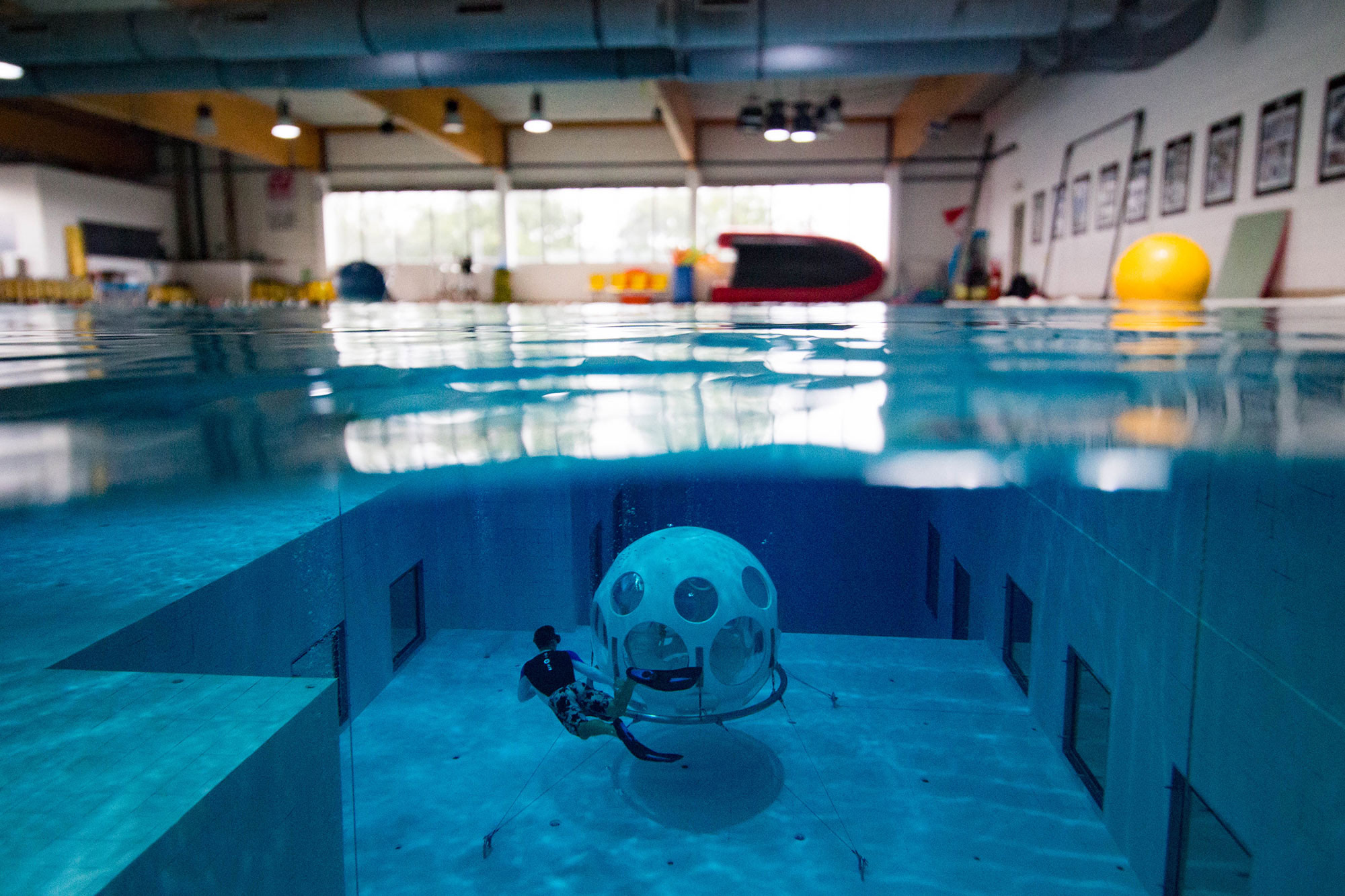
Looking to try scuba diving for the first time? Every year thousands of people all over the world get scuba certified. Find out what scuba diving is all about and if you’re cut out to become an Open Water scuba diver with our – So You Wanna be a Scuba Diver post.
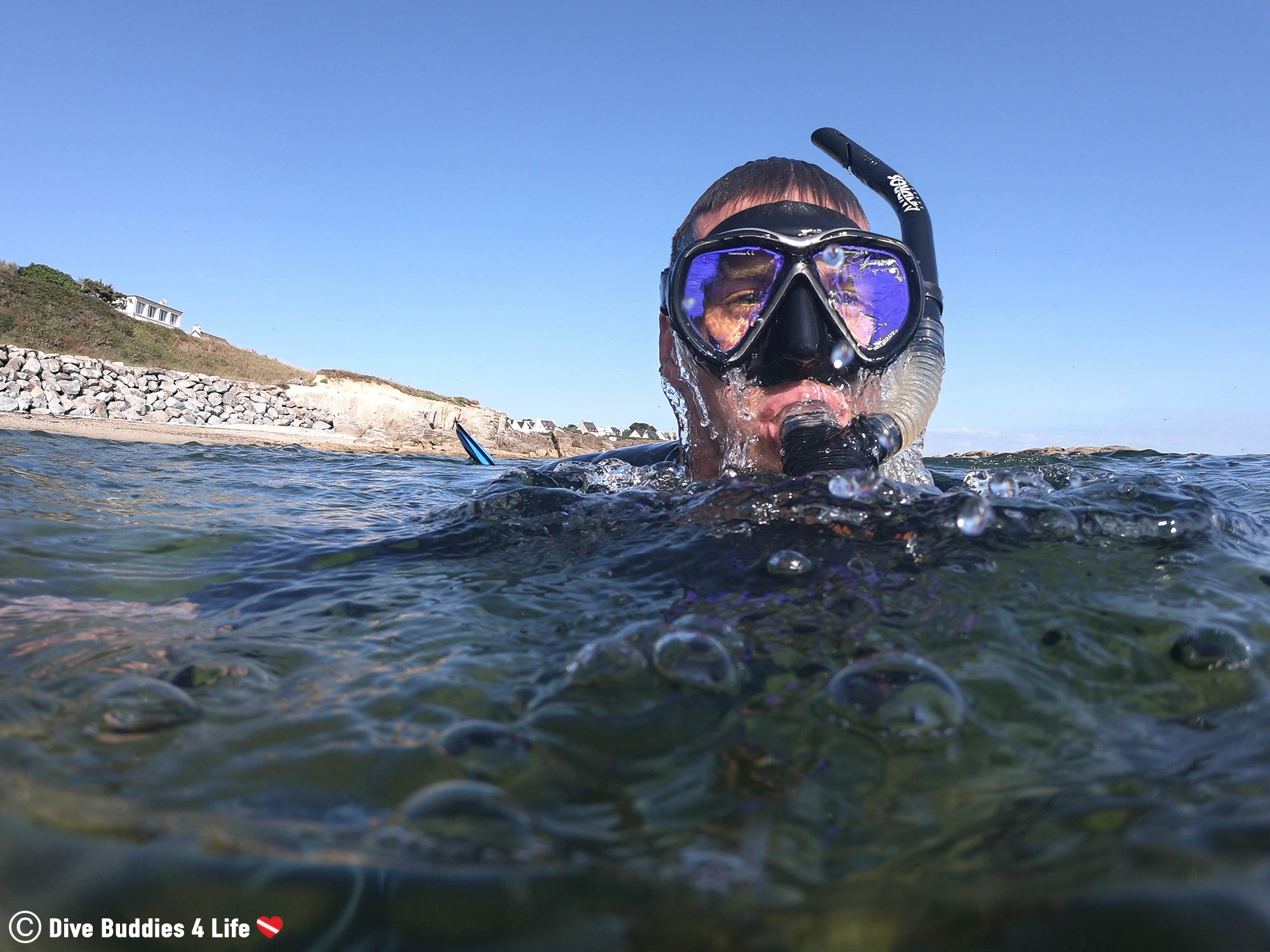
In order to be able to snorkel, a few key pieces of equipment are required. Namely a mask, snorkel and fins (optional).
A diving mask is the most essential piece of snorkeling equipment. It is your window to the underwater world. Dive masks encapsulate the eyes and nose, ensuring that a snorkeler can focus and see the wonderful life under the waves.
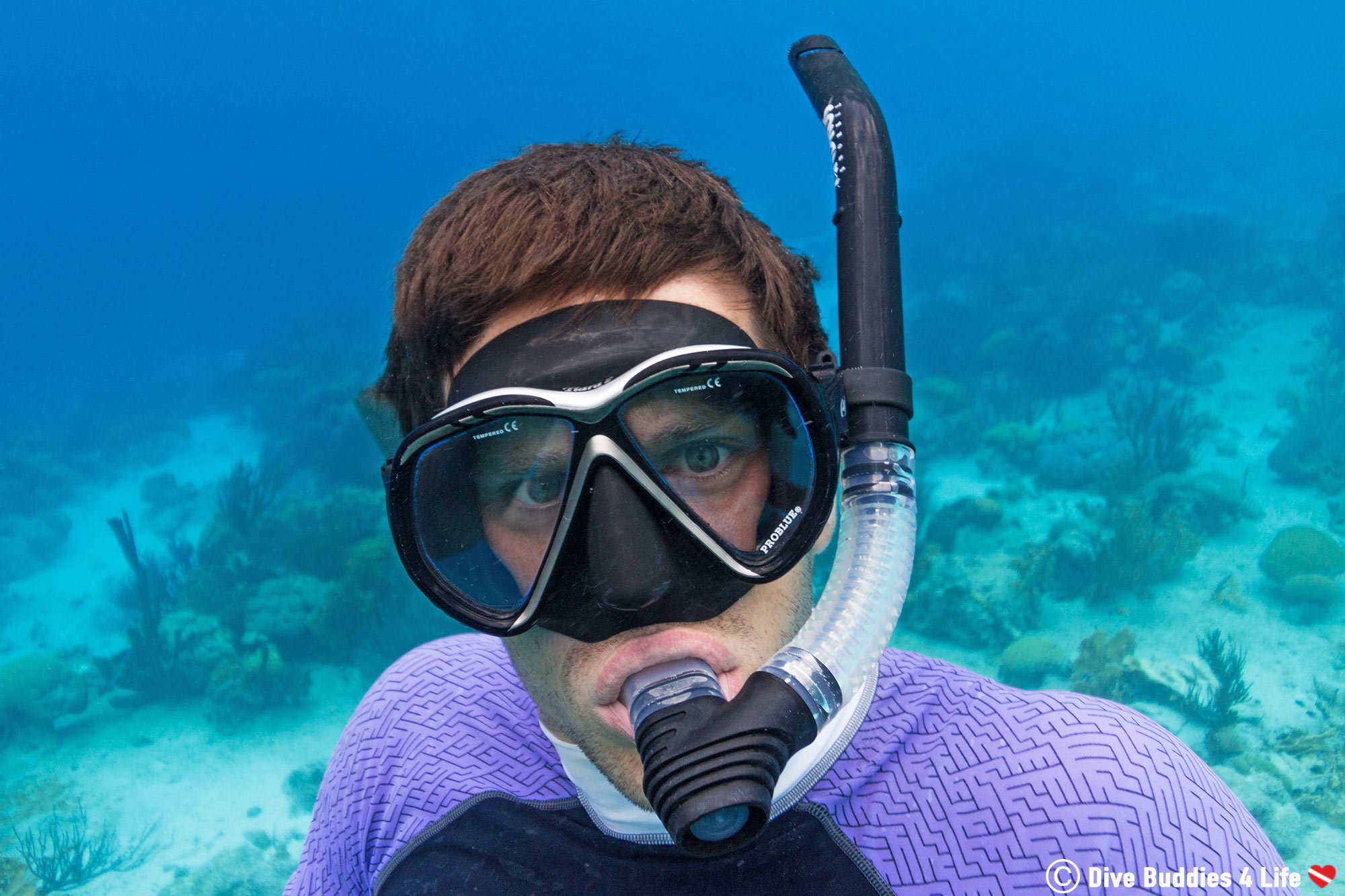
A snorkel is an elongated cylindrical tube used to help you breathe while your face is submerged underwater. It prevents a snorkeler from constantly needing to lift their head up and out of the water to breathe. The mouthpiece, at one of the snorkel, is designed to be gripped and clenched between a snorkeler’s teeth and the opposing end is curved, extending above the surface of the water. Some snorkels are specialized so that they can prevent water from getting in under wavy conditions, others have purge valves below the mouthpiece assisting in clearing remnant water from the bottom of the tube.
Fins are an optional piece of snorkeling equipment that will help make a snorkeler’s in-water experience easier and safer. Fins act by elongating the foot with their extended surface area, giving snorkelers more force on the water per kick. This allows snorkelers to swim faster and further with less effort than would be needed simply by kicking barefooted.
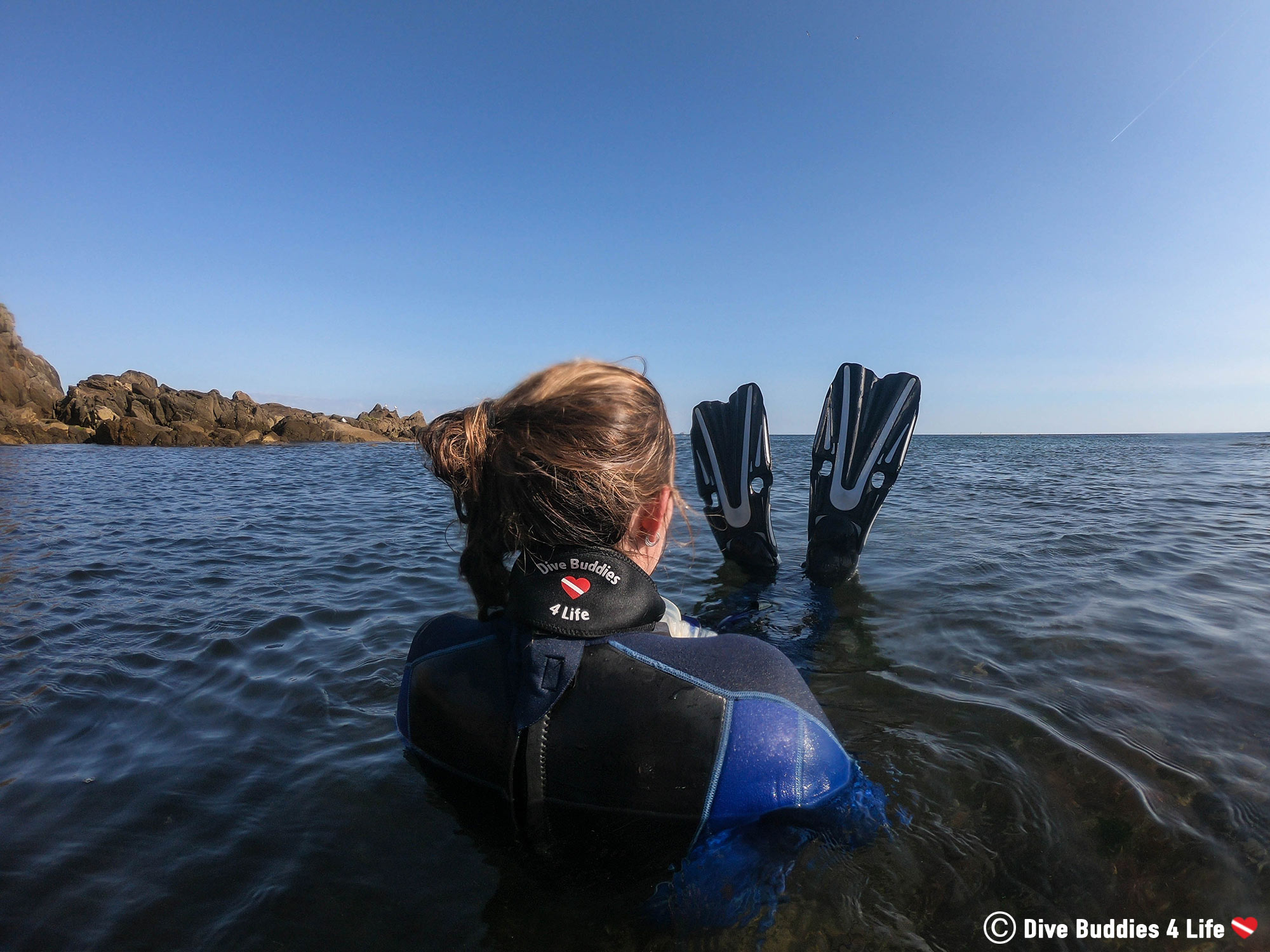
Some additional snorkeling equipment items include:
A floatation device like a towing buoy or inflatable vest are recommended for open water safety. They can assist a snorkeler if they get tired, travel further from short than planned or get caught in sudden strong waves or current. A floatation device should be easy to inflate as it might need to be deployed in-water and should have the ability to support and keep the snorkeler afloat.
For those venturing into darker colder water, additional equipment recommendations are a wetsuit for thermal protection and a flashlight to increase visibility.
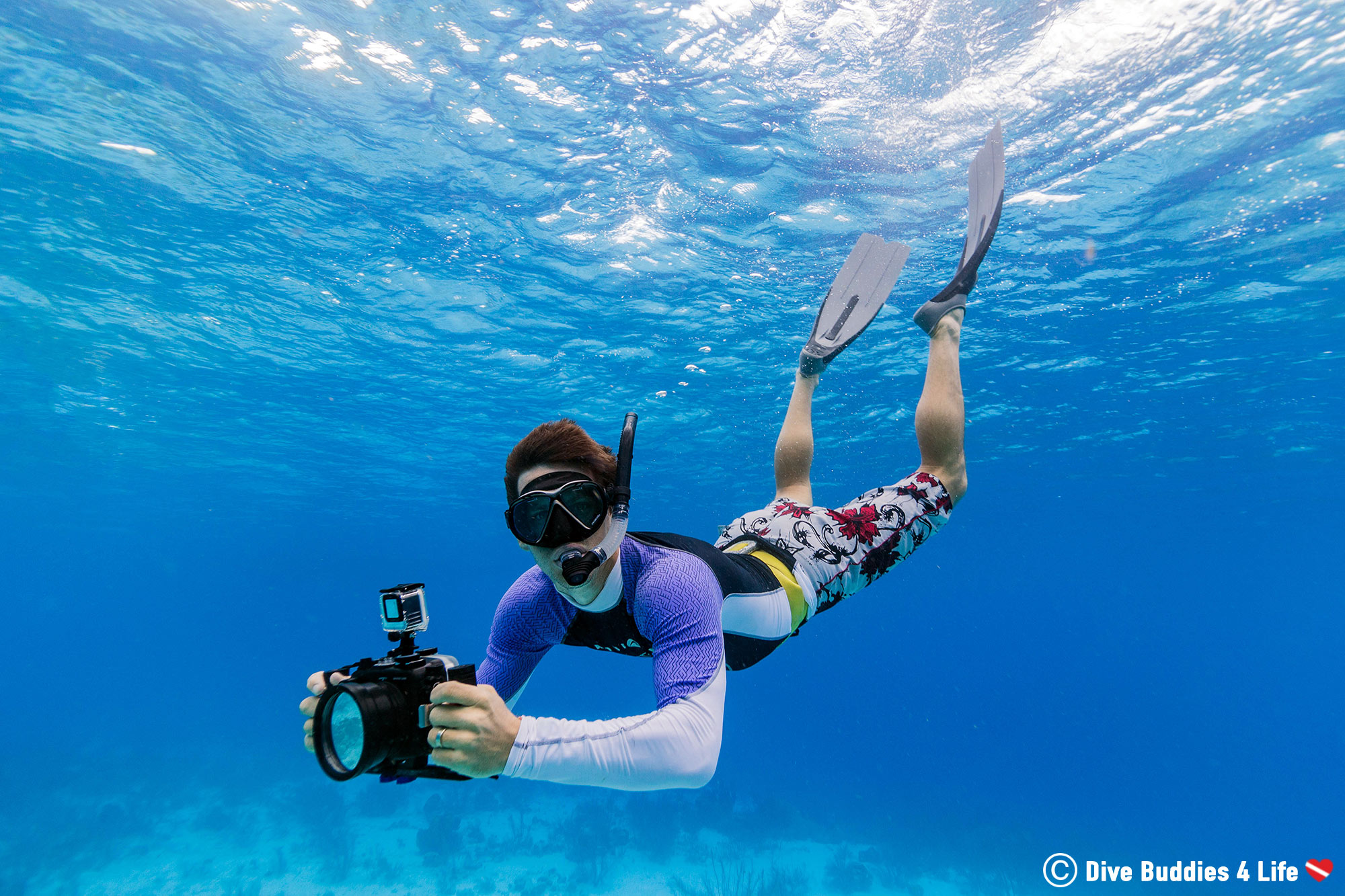
Snorkeling can be practiced in a wide variety of environments with the most popular spots being in warm, tropical seas with clear water and almost no waves or current. Coral reefs, with their colorful and rich biodiversity, are beautiful snorkeling spots, however many other aquatic environments also have much to be explored.
Most snorkeling being entry points are from a beach or rocky shoreline in areas with calm or still water. If you are unfamiliar with the environment it’s best if you start from the shallows and work your way out deeper. There are also harder-to-reach spots located further from shore, where a boat and guide are needed. Companies will organize day or half-day tours allowing snorkelers to enjoy spots like barrier reefs, islands, or cays.
Ideal snorkeling topography includes spots with rocky walls, ledges, fallen trees, outcroppings, or reefs. These tend to congregate species life and attract the most fish life. Lagoons, seagrass beds and rivers can also offer memorable snorkeling experiences.
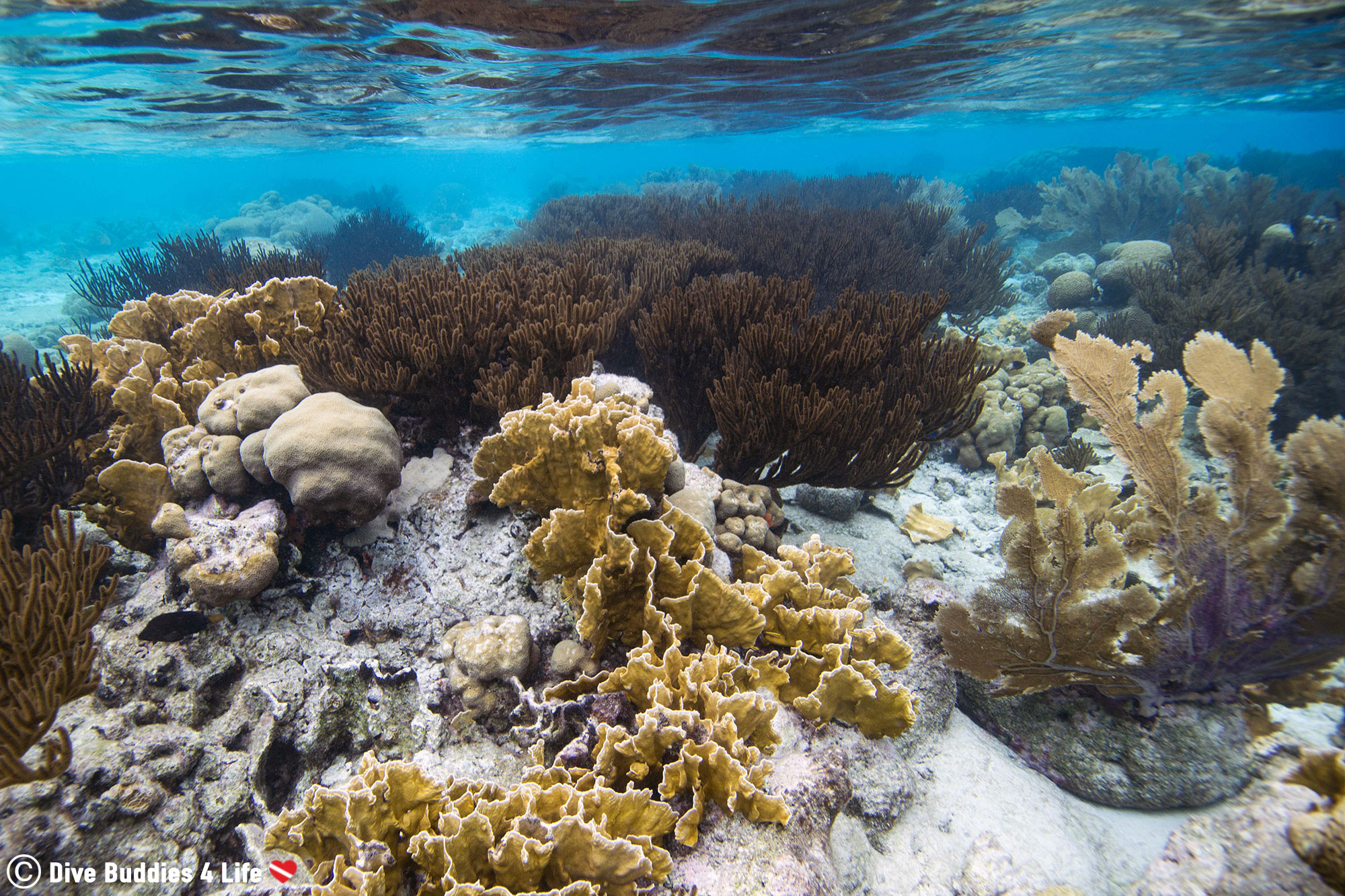
First-time snorkelers may be slightly anxious about seeing the world from a different perspective. There is a sense of anticipation and apprehension that always comes with trying something new. Others will take to it as if it’s second nature. Once you get the hang of snorkeling it isn’t too difficult and can show you a magical and completely hidden liquid blue environment.
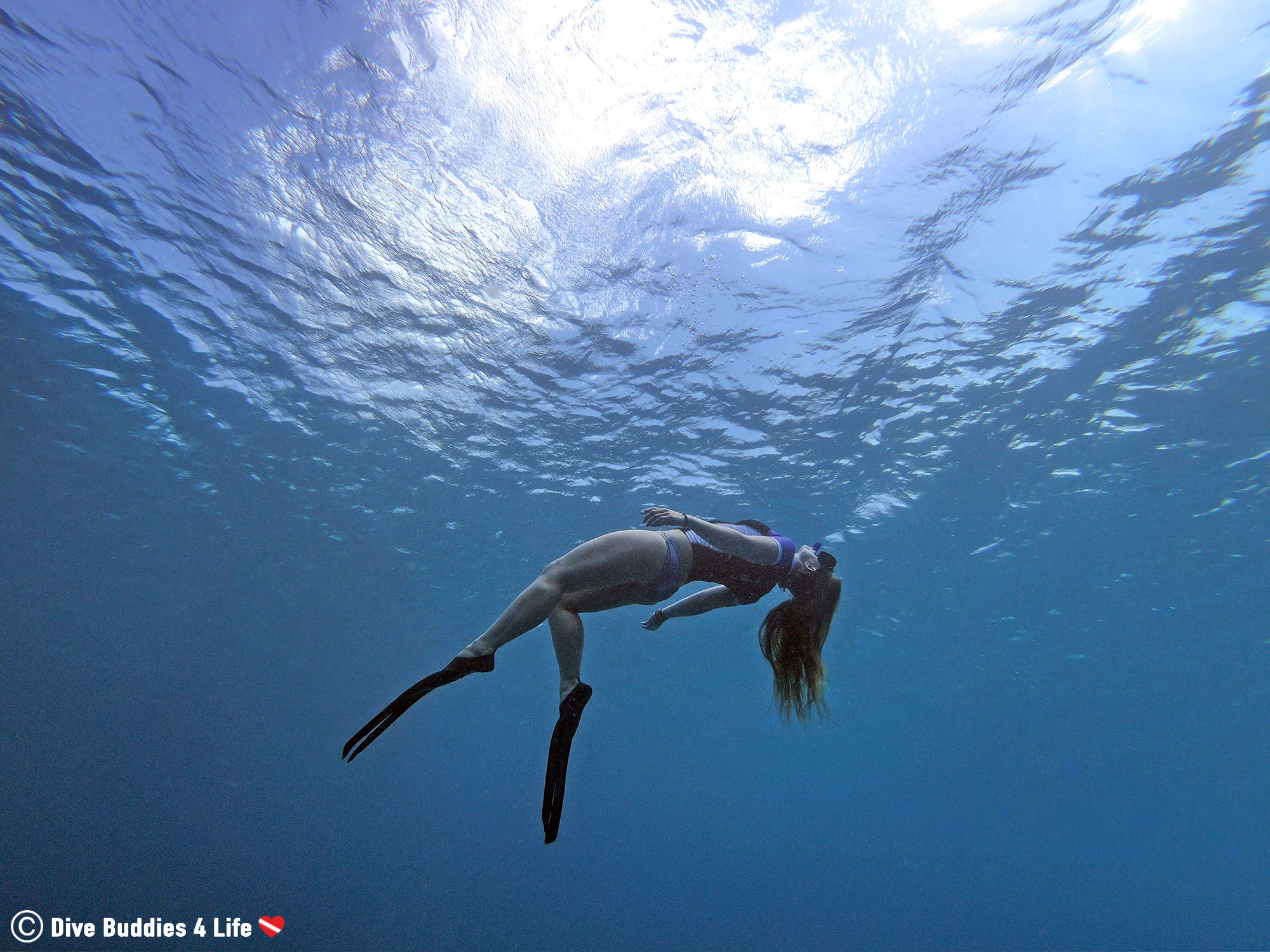
Snorkeling is first and foremost a sport centered around being in the water, henceforth having a small baseline in swimming will help you feel comfortable and not panic. Before you try snorkeling for the first time, head to your local pool and try swimming a few lengths without stopping. Swimming will help build your endurance and prepare you for open water conditions
At the pool, work on your flutter kick, breaststroke (sometimes called frog stroke) and swimming with your head in the water. If you have your own snorkeling equipment, you can even bring your gear with you and practice swimming with it.
If you are a first-time snorkeler here are the first steps to start enjoying the underwater world:
1. Get used to your equipment
It is not only important to be sure about the make and fit of your equipment when you are purchasing it, but also when you use it for the first time. Make sure your mask is properly fitted to your face (adjust the mask strap using the tightening buckles if needed), and practice breathing with your mask and snorkel on outside the water. It may feel strange at first as with a mask you can’t breathe through your nose, but through slow relaxed breathing, you will quickly get the hang of inhaling and exhaling through your snorkel tube.

2. Put your face in the water
Choose a place where you can either kneel or stand and the water is chest-deep. Lean forward and dip your mask under the water so that the waterline reaches your hairline and lobes of your ears. Open your eyes, breath and relax. This sometimes takes a few tries to get used to.
Pro Tip: Learn how to remove water from your snorkel. If water trickles or floods into your snorkel forcefully blow air into your snorkel tube. Water will either shoot out the spout or through the bottom one way purge valve (for snorkels that have them).
3. Float and Breath
One of the biggest things to keep in mind with regards to snorkeling is that this water sport is largely based on floating. Floating means you try to refrain from using your hands and arms. Simply hoover and allow your body’s natural buoyancy to keep you at the surface.
Methodically lift yourself off the bottom so that you are in a horizontal position. Your legs should be stretched out behind you and your hands on either side of your body. Make sure you are not touching the bottom. Let yourself float with your face in the water. Relax and let your body’s natural buoyancy takeover. If your body seems to sink gently kick your feet.

4. Head out for a Swim
Once you get the hang of breathing with your face in the water, trying to move forward. Kick your feet (or feet and fins) one at a time in a downward movement moving forward. Place your arms alongside your body or join them behind your back for optimal streamline position.
Remember to stay horizontal and keep your kicking below the surface of the water.
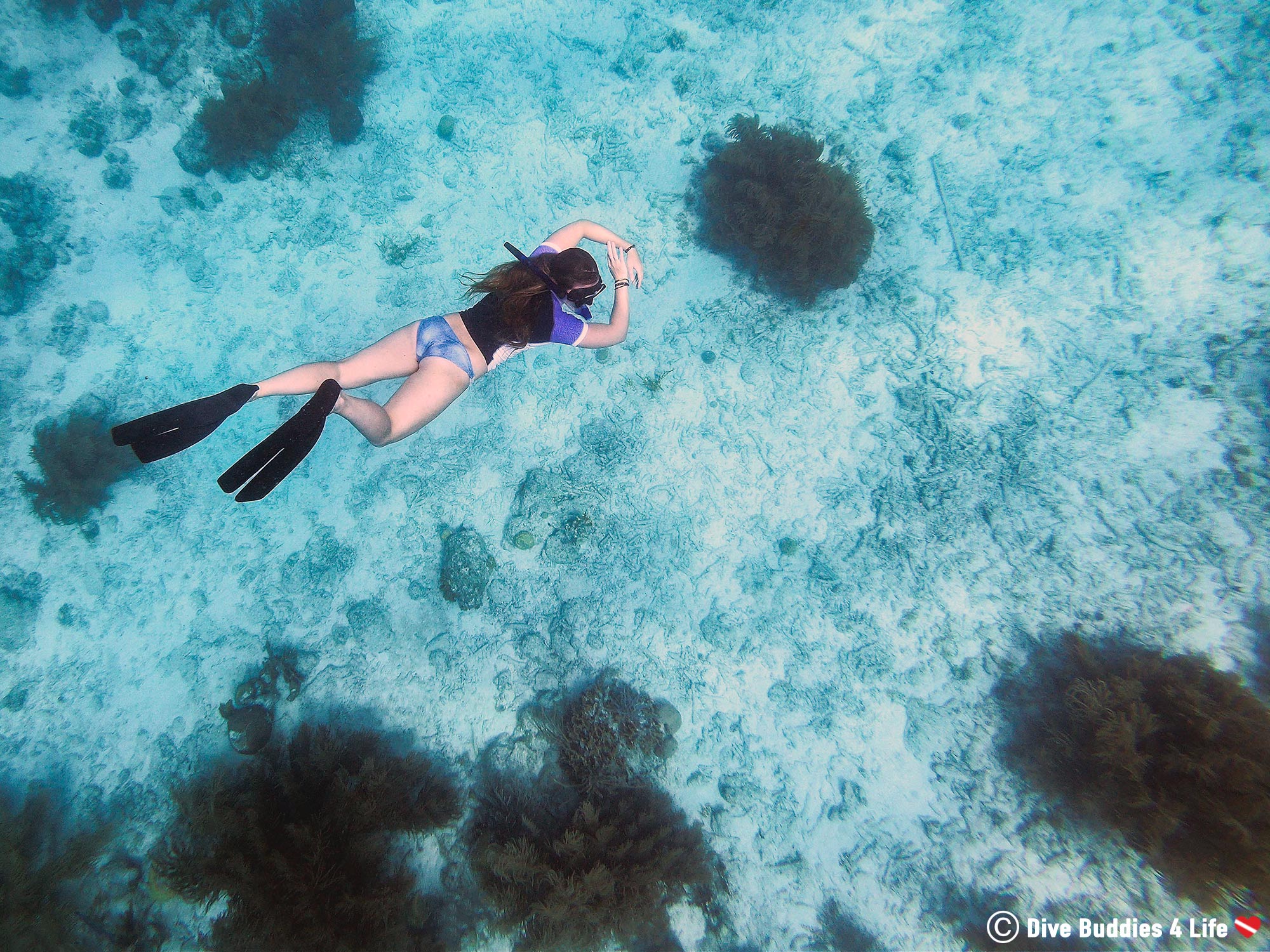
Do you like to go snorkeling? When was your first time and where did you go?
Writers Note: This post may contain affiliate links. We will make a small commission if you make a purchase through one of these links, at no extra cost to you. See full disclosure and disclaimer policy here.


Offering topside beauty and underwater magic, escape to Florida's freshwater springs and snorkel with one of the most majestic marine mammals on the planet.
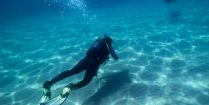
Thinking about sprouting gills and making the plunge into the underwater world? Find out if you're cut out to become an Open Water scuba diver.

A brief glimpse of some of the marine fauna and stunning snorkeling opportunities on Croatia's Dalmatian coast.

As one of the sunshine states top shore diving destinations, Blue Heron Bridge offers some of the best diving in Florida. Mud, beaches, wrecks and small critters, no matter where you dive under the bridge, there is so much to see, explore and photograph.
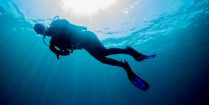
Join us for an underwater adventure as we take my sister on her first ever Discover Scuba Diving.

Tide pools are pools of water exposed at low tide and submerged by the ocean at high tide. They give non-divers a chance to glimpse the underwater world while remaining on land.
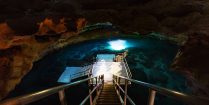
Dark, ancient and mysterious are a few words that can be used to describe the Devil's Den cavern in Florida. Find out what it was like to visit this world-class tourist destination and dive this prehistoric spring system.

Submerge yourself into Bonaire's underwater world with this scuba bucket list. It will leave you wanting more from the coral capital of the Caribbean.

Slipping into the Pacific waters off Costa Rica for a snorkel is a relaxing way to spend the day. Here are the best places around Playa del Coco.

Whether your diving with turtles or admiring coral reefs, get ready to be wowed by the underwater beauty of Bonaire, the shore diving capital of the Caribbean.
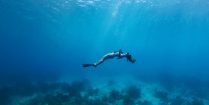
Hair versus scuba, now that's a combination that doesn't mix. So how do you stay away from the tares, tangles and hours upon hours of post-dive hair brushing?

Bask in warm water bliss as you explore the tropical dive facility of TODI. From pufferfish to piranha let the flurry of freshwater color envelop you.
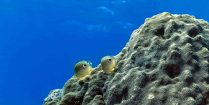
The tropical oasis of Key Largo is a scuba diver's delight. Night dive, reef dives, and wreck dives are all right at your fingertips ready to be explored.

The crystal clear water of Ginnie and Devil’s spring systems is arguably some of the best freshwater diving in all of Florida. As a scuba diver heading to the sunshine state, make sure to put this spot on your travel itinerary!

It’s awesome that you talked about snorkeling and what equipment you’ll need for it! The other day, my wife and I were talking about our next vacation, and we realized we had never snorkeled before! We’re excited to try something new, so we’ll be sure to look for snorkeling tours now! Thanks for the advice on snorkeling and how to use snorkeling gear!
The preparation steps and proper handling of equipment were things I really appreciate you discussing in this article. This could be the difference between being ready for a swim and failing miserably, so I better take these into account and avoid any accidents. I’ll go and look for a snorkeling expert that can teach me the basics before I get started and turn it into a hobby.
Thank you for sharing this fantastic beginner’s guide to snorkeling! Your tips are incredibly helpful, especially for someone like me who is just getting started. I appreciate the emphasis on safety and the detailed explanation of the equipment needed. The advice on choosing the right snorkeling spot and staying calm in the water is particularly reassuring.